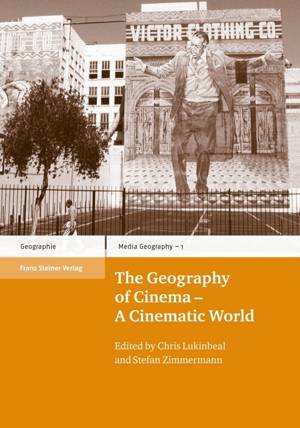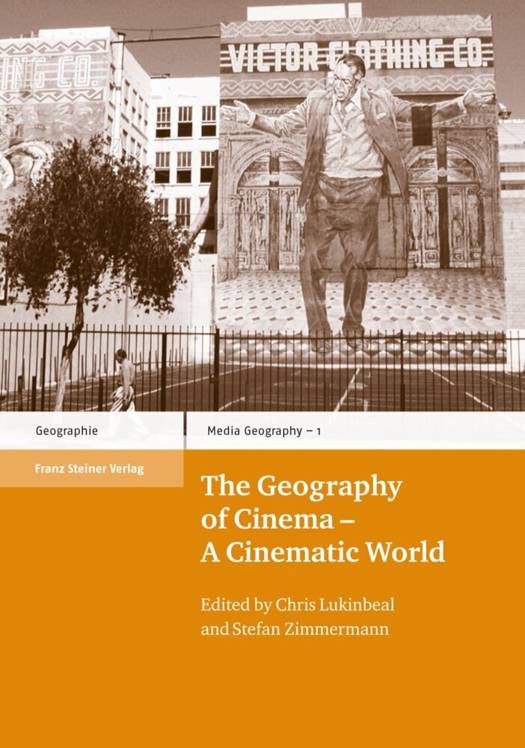
- Afhalen na 1 uur in een winkel met voorraad
- Gratis thuislevering in België vanaf € 30
- Ruim aanbod met 7 miljoen producten
- Afhalen na 1 uur in een winkel met voorraad
- Gratis thuislevering in België vanaf € 30
- Ruim aanbod met 7 miljoen producten
Zoeken
€ 88,95
+ 177 punten
Omschrijving
This case study is an exploration of televisual place, of Orange County, California, and three popular U.S. shows set therein: The OC, Laguna Beach: The Real Orange County, and The Real Housewives of Orange County. Place is a meaningful experience in the world, and it is made through a unique intersection of social processes. It is much more than the material embodiment of social processes in a particular location, it is also an amalgam of memory, emotion, and imagination. Places of the media fit this description. More than just re-presentations of reality, mediated places are an inextricable part of our daily lives, and directly engage the processes of place-making by affecting our perception, senses, and subjectivity. These three Orange County based series are used to demonstrate how production techniques contribute to the place-making process and how this process continues and culminates with audience engagement. The use of landscape images, the concept of emotional realism, and reality TV's claim to the real are explored for their role in the televisual place-making process. Audience surveys and the phenomenon of TV-induced tourism demonstrate the importance of televisual places to viewers. This book seeks to prove that mediated places, especially as seen on TV, matter.
Specificaties
Betrokkenen
- Auteur(s):
- Uitgeverij:
Inhoud
- Aantal bladzijden:
- 144
- Taal:
- Engels
- Reeks:
- Reeksnummer:
- nr. 2
Eigenschappen
- Productcode (EAN):
- 9783515101189
- Verschijningsdatum:
- 22/02/2012
- Uitvoering:
- Paperback
- Formaat:
- Trade paperback (VS)
- Afmetingen:
- 168 mm x 239 mm
- Gewicht:
- 317 g

Alleen bij Standaard Boekhandel
+ 177 punten op je klantenkaart van Standaard Boekhandel
Beoordelingen
We publiceren alleen reviews die voldoen aan de voorwaarden voor reviews. Bekijk onze voorwaarden voor reviews.








